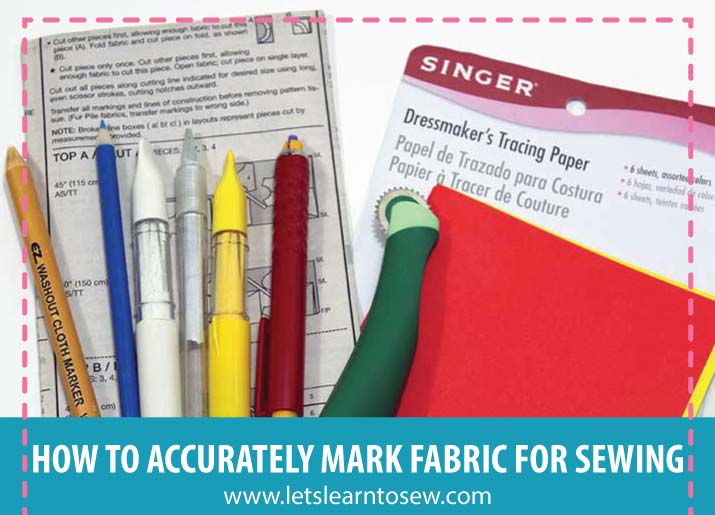Sewing machines are one of the greatest inventions of today’s industrial economy. Although many inventors made sewing machines before Sir Isaac Meritt Singer he is credited with fine-tuning the machine and making it readily available to the home sewist. He invented and released his design in 1851. At that time the sewing machine was an instrument that used an upward and downward going mechanism to stitch clothes. The first home sewing machine was named after Sir Isaac Singer and was shipped for sale across to U.S. In 1851, thus Singer became the first sewing machine company for manufacturing and selling.
Use of sewing machines
Initially, sewing machines were utilized for the production and manufacturing of garments in factories.
Various form of industrial sewing machines came up, which could be used to perform a specific sewing function like embroidery, threading, stitching straight cuts etc.
Marketing of Sewing Machines
Marketing of sewing machines began only after 1889. Before that, sewing machines were used only by industries. Individual and personal use of sewing machines began when sewing machines were marketed and women started using the sewing machines to make their family clothing. Hand stitching gave way to sewing clothes by machine. These sewing machines coming for domestic use are enabled to perform a variety of functions such as zig zag stitch, making button holes and patterns.
Production and Types of Sewing Machine
Sewing machines are generally produced on a large scale. The production of sewing machines has been carried on since last two hundred years.
Designers have made use of antique many sewing machines and have developed a collection of the same.
The older machines used to run on hand paddle or foot paddle. Some of these antique machines can do the work of miniatures and minute embroidery which can be utilized for making child outfits and clothes. Other more modern machines, which run on electricity, are faster and more developed. They stitch clothes faster and are smoother to work on. They also give a better stitch to clothes.
Sewing machines can be computerized or they can be mechanical. Computerized sewing machines can perform various functions that are required to be done while stitching for home. They come in the range of $400 to $5000 where the top line price is for the most efficient and costliest models of machines. Mechanical sewing machines come for about $70 and can go up to $1,200 depending on the style and features.
Durability
Most of these sewing machines are durable and well-built to last for years together. In case of any defect or problem, one can easily approach the manufacturer and get the part replaced. This is a little difficult for antique machines as their parts are not easily available. Various other small companies also specialize in supplying the replacement for parts and components of sewing machine.
Finally, with the growing commercialization, increasing fashion and a move towards fashionable clothing, sewing machines are here to stay. They provide a beginning to human need for dressing exclusively and elegantly.










Tyler
It's interesting to read about some of the history of sewing machines. It makes sense that they were first used only for commercial use then slowly made their way into private buyers. It's something I'll have to remember when looking at getting my wife a machine because I like to learn about the history before buying things.